An important Great War M.C. group of four awarded to Lieutenant T. R. Conning, 2nd Battalion, Royal Welch Fusiliers, a ‘happy-go-lucky’ subaltern of ‘natural jollity’ who was one of ‘the most popular officers with the men of the Battalion’ - and who appears in much of the literature that emerged from the ranks of his regiment, not least Dunn’s The War the Infantry Knew and Siegfried Sassoon’s Memoirs of an Infantry Officer: a close friend of Sassoon’s, news of his death in action in May 1917 is also said to have been among the catalysts that prompted the war poet to make public his famous anti-war statement - ‘Finished with the War: A Soldier’s Declaration’ Military Cross, G.V.R., unnamed as issued; 1914-15 Star (2 Lieut. T. R. Conning, R.W. Fus.); British War and Victory Medals (Lieut. T. R. Conning), together with the recipient’s Memorial Plaque 1914-18 (Thomas Rothesay Conning), extremely fine (5) £5000-6000 Footnote M.C. London Gazette 1 January 1917: ‘For distinguished service in the Field.’ Thomas Rothesay Conning was born in London in January 1892, the son of a commercial clerk. His father having died towards the end of the same decade, Thomas’s mother Elizabeth married Edwin Aucott, who ran the St. James’s Tavern on the corner of Denman Street and Shaftesbury Avenue and, following his death in 1913, Alphonse “Papa” De Hem, a retired Dutch sea captain who ran “The Macclesfield”, a popular pub and oyster bar just off Shaftesbury Street - which establishment continues to flourish to this day as the “De Hems” bar and restaurant. In his Memoirs of an Infantry Officer, in which Conning appears under the pseudonym ‘Dunning’, Sassoon refers to the former speaking about ‘the eccentric old ladies who lived in mother’s boarding house.’ Thomas, who attended Archbishop Tenison’s Grammar School, was residing with his mother at the St. James’s Tavern in Denman Street when he attested for the 16th Battalion, London Regiment (The Queen’s Westminster Rifles) in September 1914. The Battalion went to France at the year’s end and he was advanced to Acting Corporal in February 1915. Royal Welch Fusiliers: wounded - second close call Commissioned 2nd Lieutenant in the Royal Welch Fusiliers in May 1915, Conning was posted to the 2nd Battalion that November, the commencement of a distinguished career that included appointments as Bombing Officer, Lewis Gun Officer and Acting Adjutant; a period, too, that witnessed his growing friendship with Siegfried Sassoon and many other stalwarts of the 2nd Royal Welch Fusiliers - thus a spate of references to him in related literature, not least Dunn’s The War the Infantry Knew, in which he is described as one of ‘the most popular officers with the men in the battalion.’ One of Conning’s first significant actions occurred in the Cambrai sector on 8 April 1916, when he was wounded in a trench raid - only the second occasion on which the battalion had employed the Bangalore torpedo. On 22 June 1916, the enemy exploded the Red Dragon Mine, causing 2/R.W.F. around 100 casualties, including over 50 killed. As recounted by Captain H. M. Blair in Dunn’s history, Conning was fortunate to survive: ‘About half an hour after midnight I began a round with my Sergeant-Major, Pattison. The trenches had been knocked about in places by shelling during the day. A perfect network of saps ran out for a considerable distance between deep mine-craters. In one of the saps I met Conning, the Bombing Officer. He told me he could not spare more than two-thirds of the complement of bombers, but I insisted on having the full number. I had an uncomfortable foreboding of impending trouble. I cannot say why, I was neither worried nor depressed, but the feeling grew as time went on. It was a lovely peaceful night. Perhaps it was the almost uncanny stillness, too quiet to be natural in that unpleasant part of the line. Anyhow, I was filled with a haunting unrest. I sent my Sergeant-Major to have boxes of bombs placed on the fire-steps a
An important Great War M.C. group of four awarded to Lieutenant T. R. Conning, 2nd Battalion, Royal Welch Fusiliers, a ‘happy-go-lucky’ subaltern of ‘natural jollity’ who was one of ‘the most popular officers with the men of the Battalion’ - and who appears in much of the literature that emerged from the ranks of his regiment, not least Dunn’s The War the Infantry Knew and Siegfried Sassoon’s Memoirs of an Infantry Officer: a close friend of Sassoon’s, news of his death in action in May 1917 is also said to have been among the catalysts that prompted the war poet to make public his famous anti-war statement - ‘Finished with the War: A Soldier’s Declaration’ Military Cross, G.V.R., unnamed as issued; 1914-15 Star (2 Lieut. T. R. Conning, R.W. Fus.); British War and Victory Medals (Lieut. T. R. Conning), together with the recipient’s Memorial Plaque 1914-18 (Thomas Rothesay Conning), extremely fine (5) £5000-6000 Footnote M.C. London Gazette 1 January 1917: ‘For distinguished service in the Field.’ Thomas Rothesay Conning was born in London in January 1892, the son of a commercial clerk. His father having died towards the end of the same decade, Thomas’s mother Elizabeth married Edwin Aucott, who ran the St. James’s Tavern on the corner of Denman Street and Shaftesbury Avenue and, following his death in 1913, Alphonse “Papa” De Hem, a retired Dutch sea captain who ran “The Macclesfield”, a popular pub and oyster bar just off Shaftesbury Street - which establishment continues to flourish to this day as the “De Hems” bar and restaurant. In his Memoirs of an Infantry Officer, in which Conning appears under the pseudonym ‘Dunning’, Sassoon refers to the former speaking about ‘the eccentric old ladies who lived in mother’s boarding house.’ Thomas, who attended Archbishop Tenison’s Grammar School, was residing with his mother at the St. James’s Tavern in Denman Street when he attested for the 16th Battalion, London Regiment (The Queen’s Westminster Rifles) in September 1914. The Battalion went to France at the year’s end and he was advanced to Acting Corporal in February 1915. Royal Welch Fusiliers: wounded - second close call Commissioned 2nd Lieutenant in the Royal Welch Fusiliers in May 1915, Conning was posted to the 2nd Battalion that November, the commencement of a distinguished career that included appointments as Bombing Officer, Lewis Gun Officer and Acting Adjutant; a period, too, that witnessed his growing friendship with Siegfried Sassoon and many other stalwarts of the 2nd Royal Welch Fusiliers - thus a spate of references to him in related literature, not least Dunn’s The War the Infantry Knew, in which he is described as one of ‘the most popular officers with the men in the battalion.’ One of Conning’s first significant actions occurred in the Cambrai sector on 8 April 1916, when he was wounded in a trench raid - only the second occasion on which the battalion had employed the Bangalore torpedo. On 22 June 1916, the enemy exploded the Red Dragon Mine, causing 2/R.W.F. around 100 casualties, including over 50 killed. As recounted by Captain H. M. Blair in Dunn’s history, Conning was fortunate to survive: ‘About half an hour after midnight I began a round with my Sergeant-Major, Pattison. The trenches had been knocked about in places by shelling during the day. A perfect network of saps ran out for a considerable distance between deep mine-craters. In one of the saps I met Conning, the Bombing Officer. He told me he could not spare more than two-thirds of the complement of bombers, but I insisted on having the full number. I had an uncomfortable foreboding of impending trouble. I cannot say why, I was neither worried nor depressed, but the feeling grew as time went on. It was a lovely peaceful night. Perhaps it was the almost uncanny stillness, too quiet to be natural in that unpleasant part of the line. Anyhow, I was filled with a haunting unrest. I sent my Sergeant-Major to have boxes of bombs placed on the fire-steps a







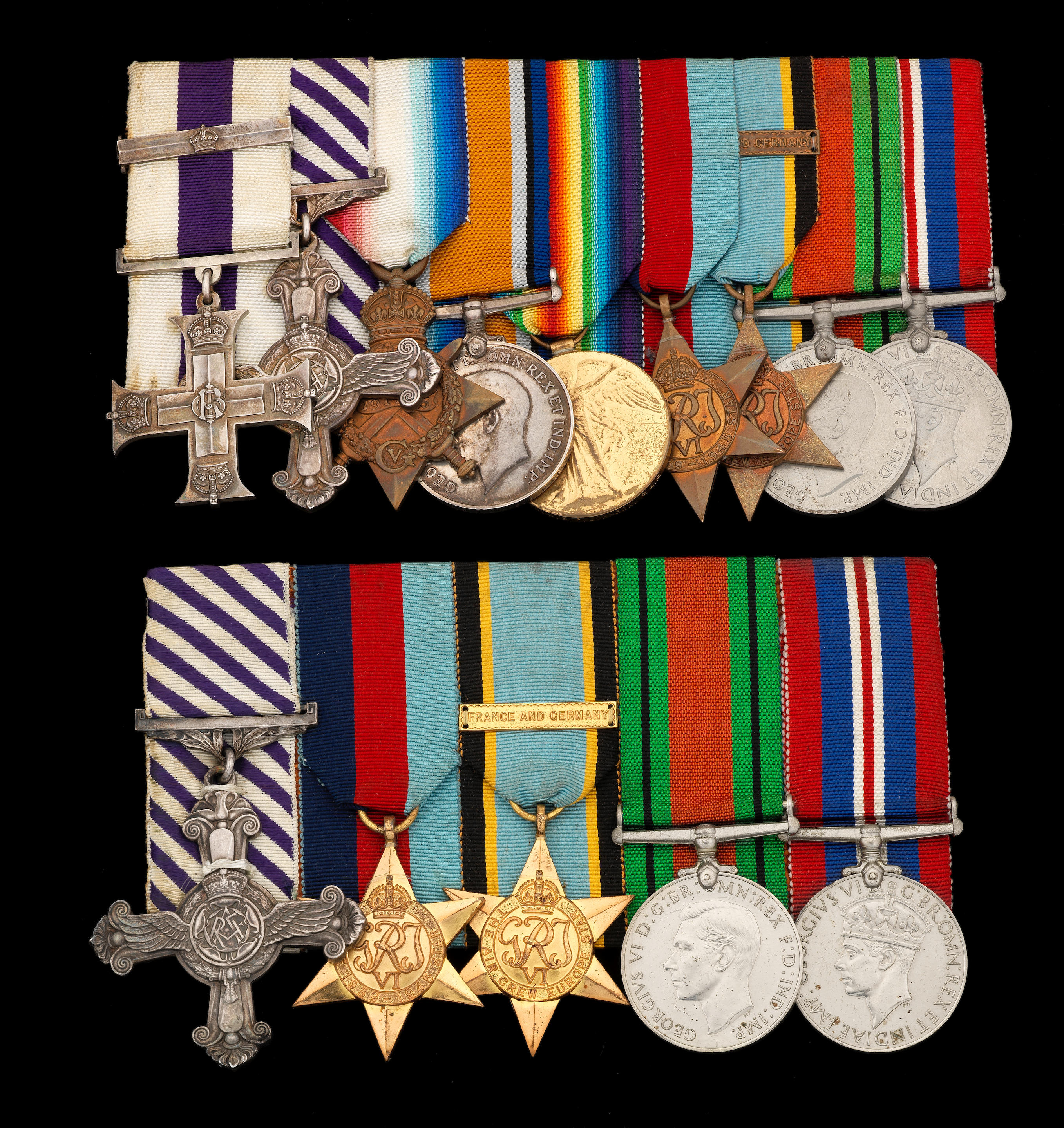

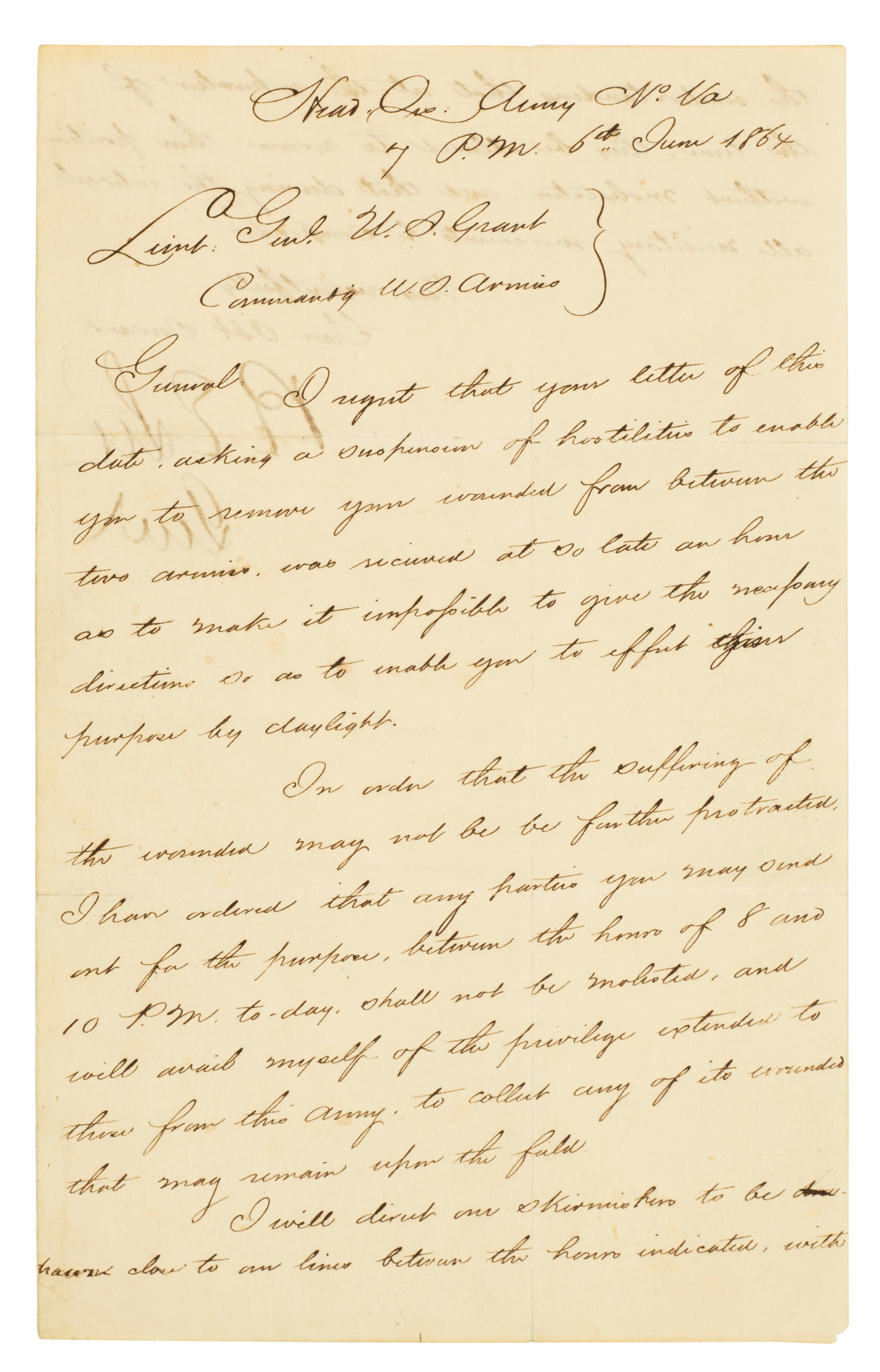

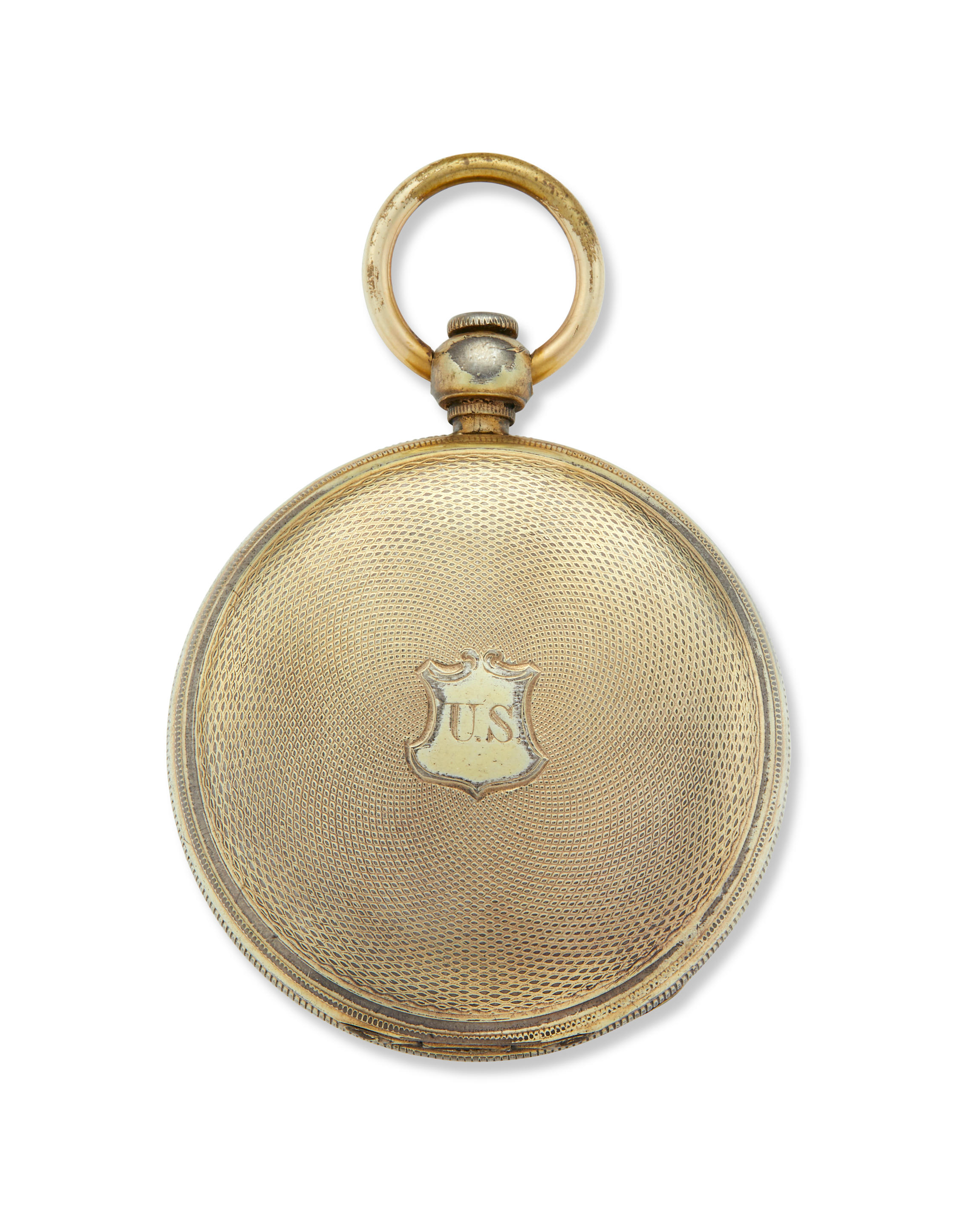
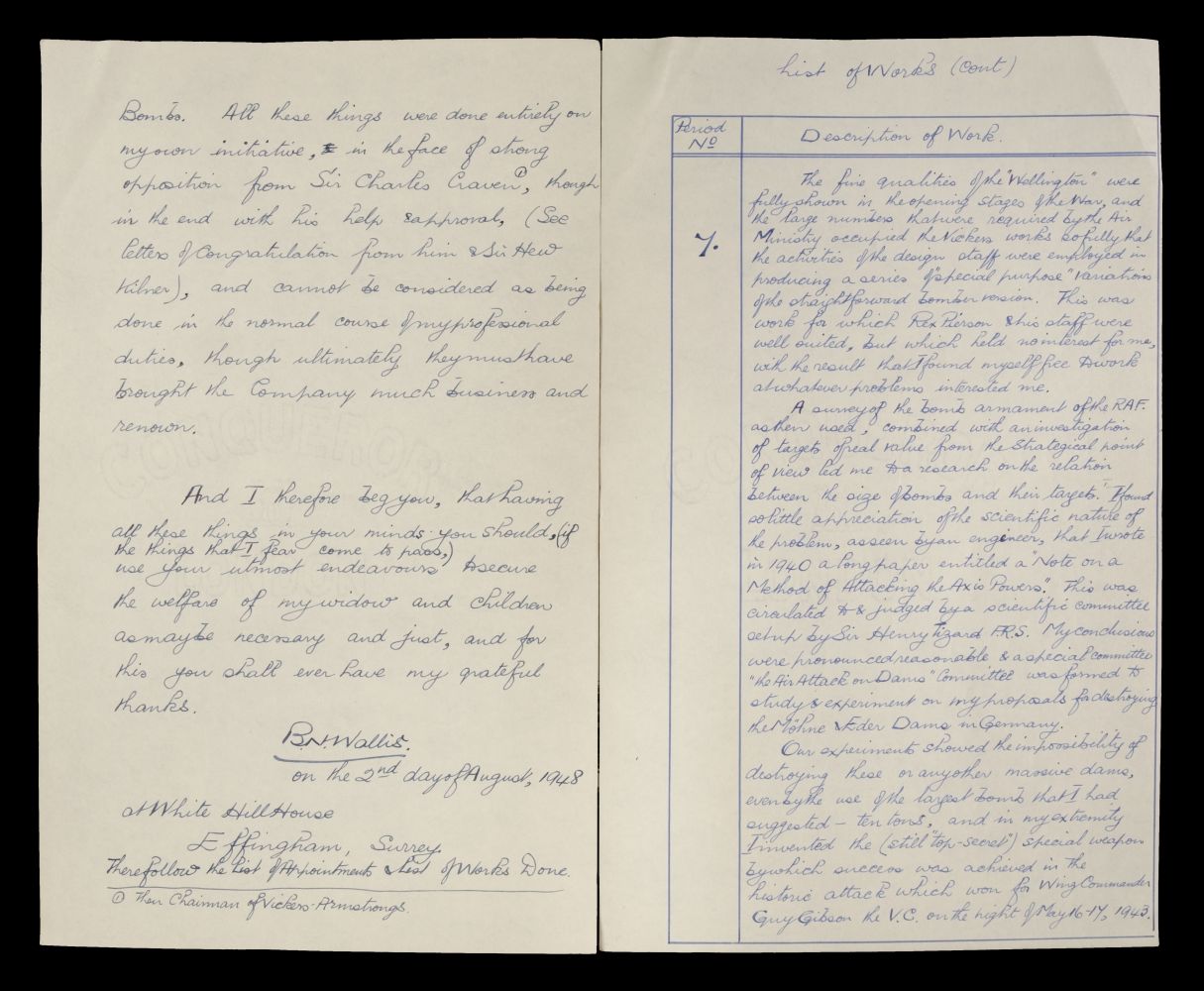
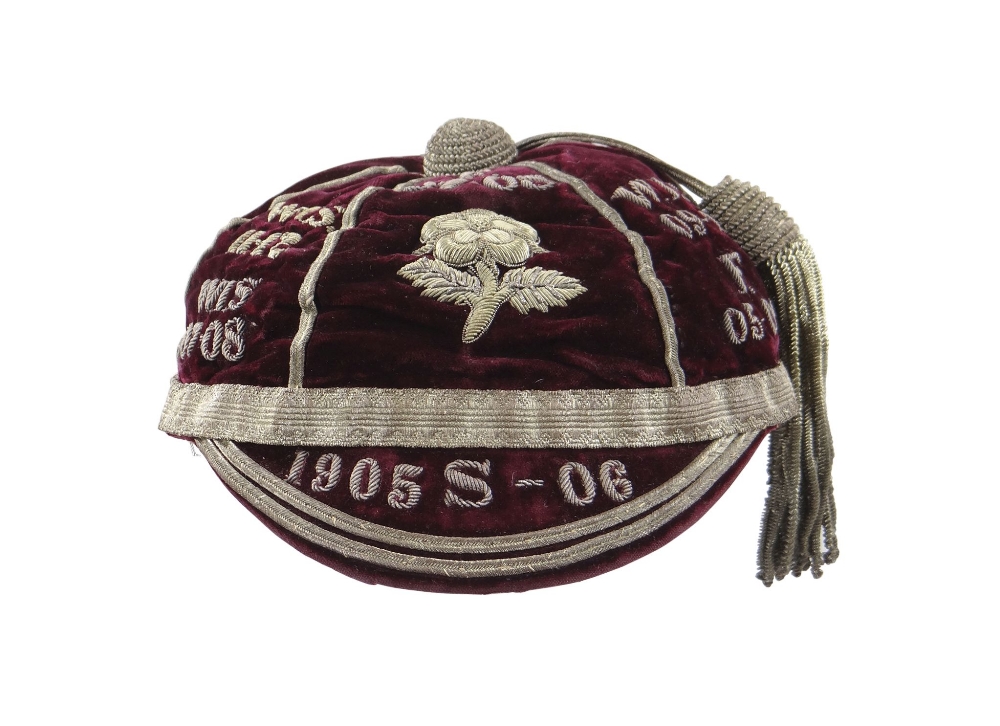
/121324/Internet%20Image%201.jpg)
Testen Sie LotSearch und seine Premium-Features 7 Tage - ohne Kosten!
Lassen Sie sich automatisch über neue Objekte in kommenden Auktionen benachrichtigen.
Suchauftrag anlegen